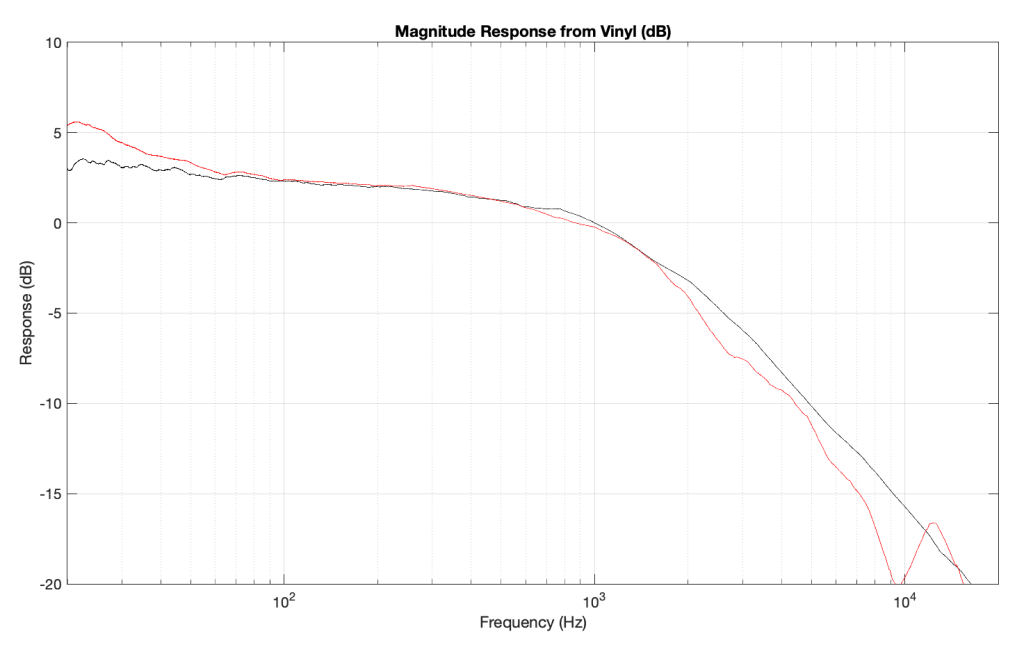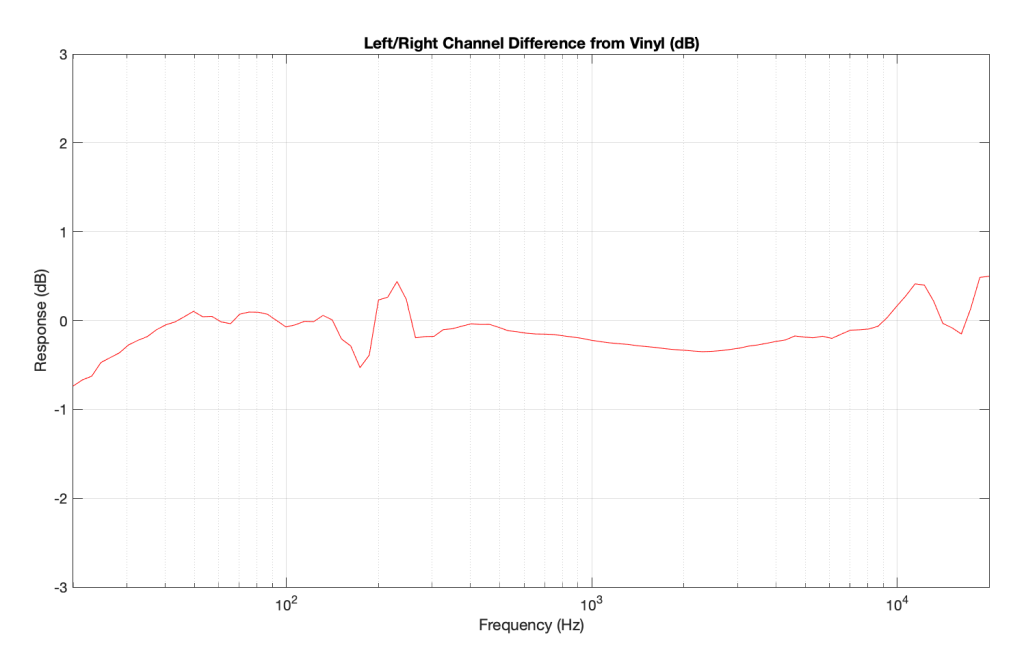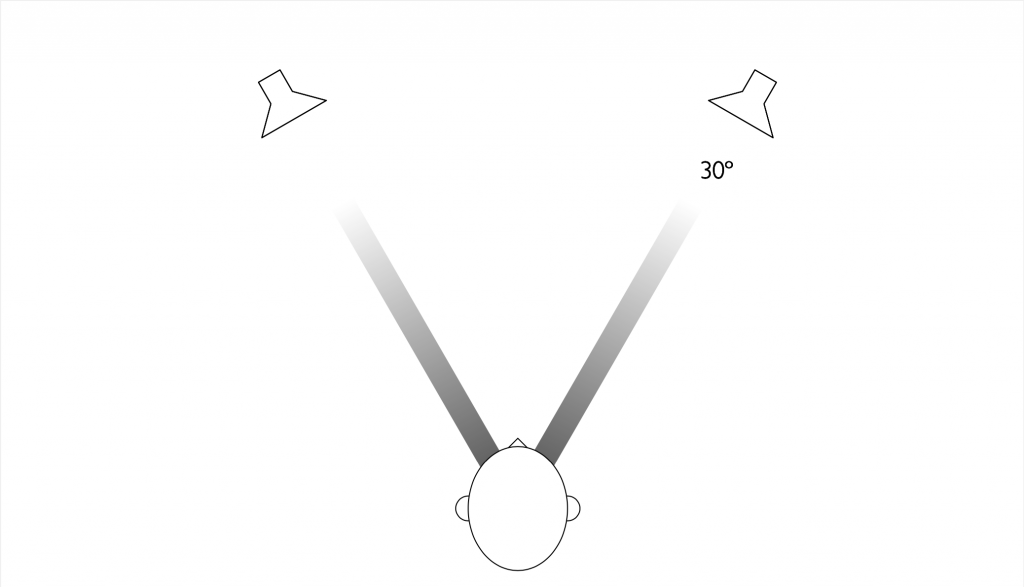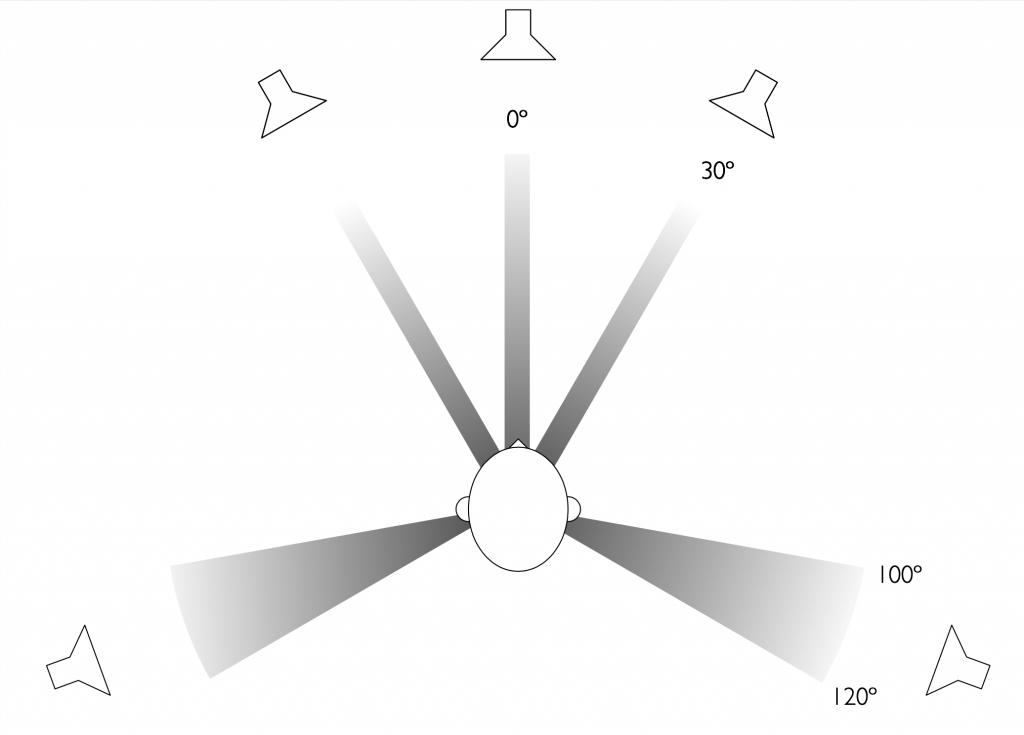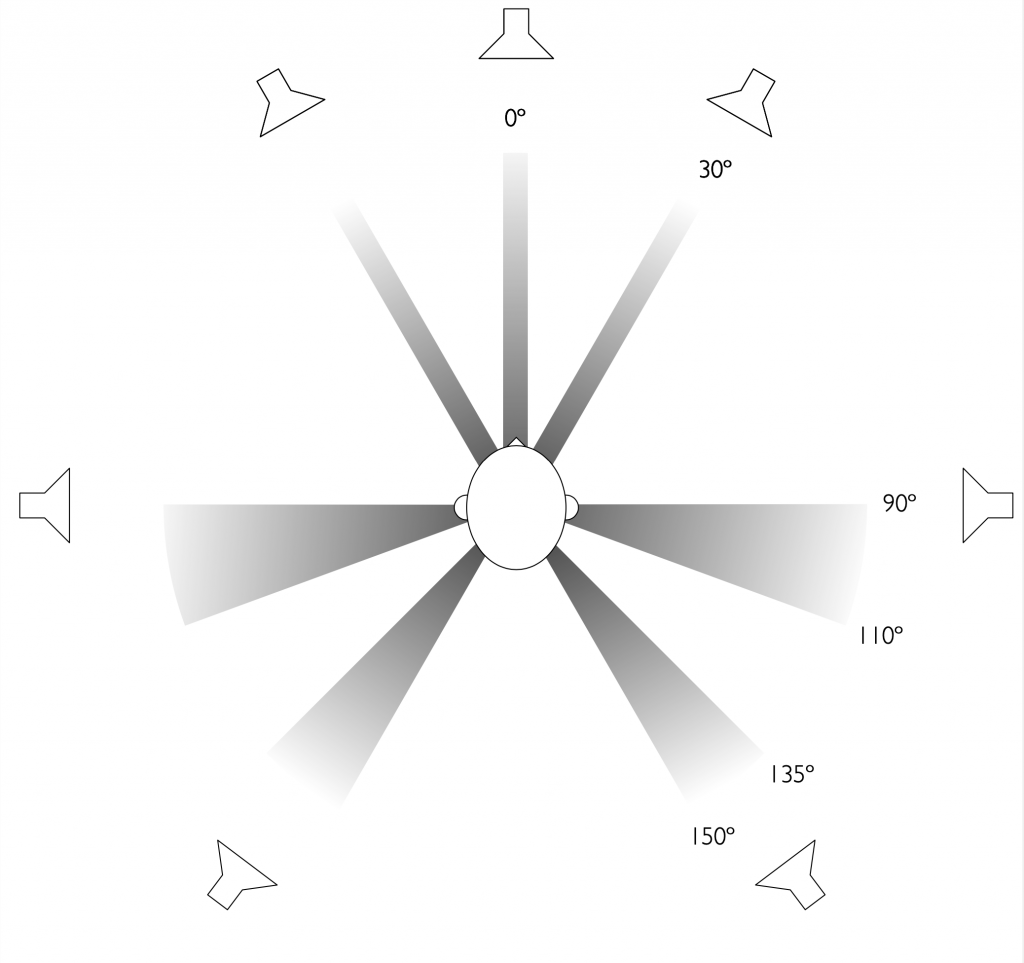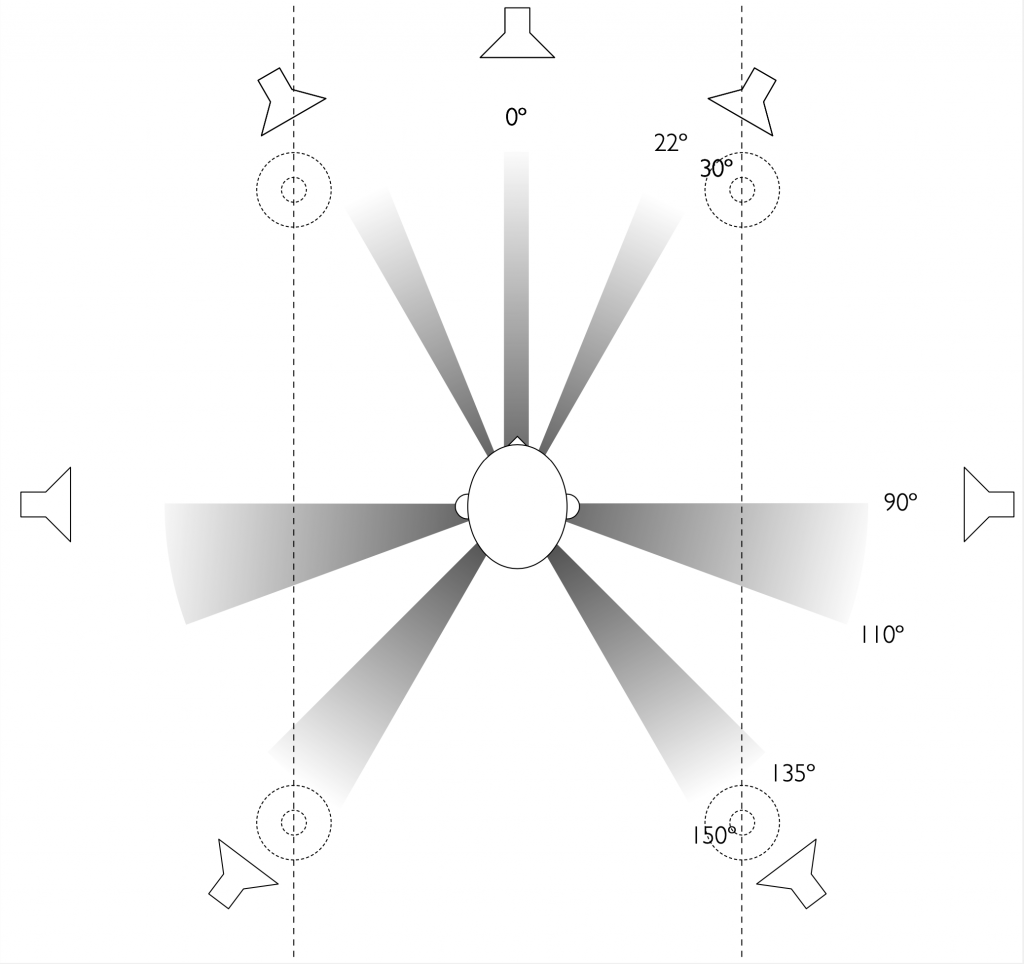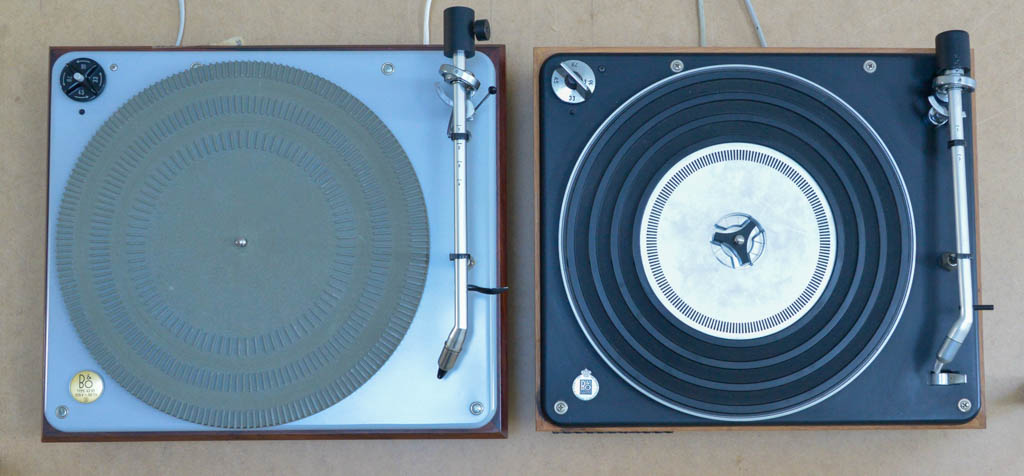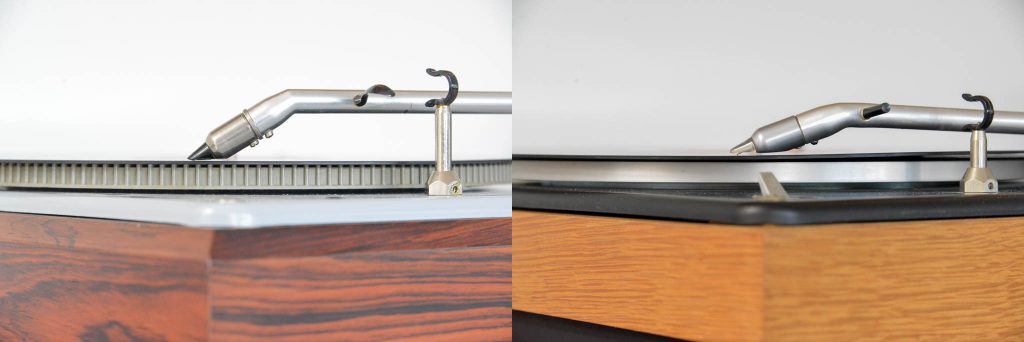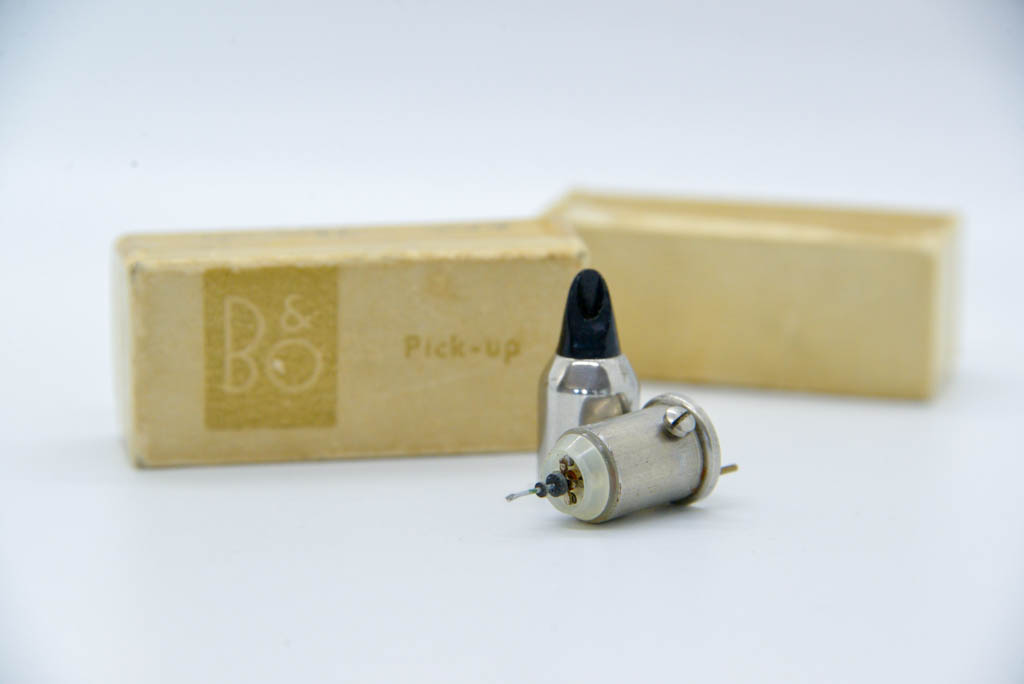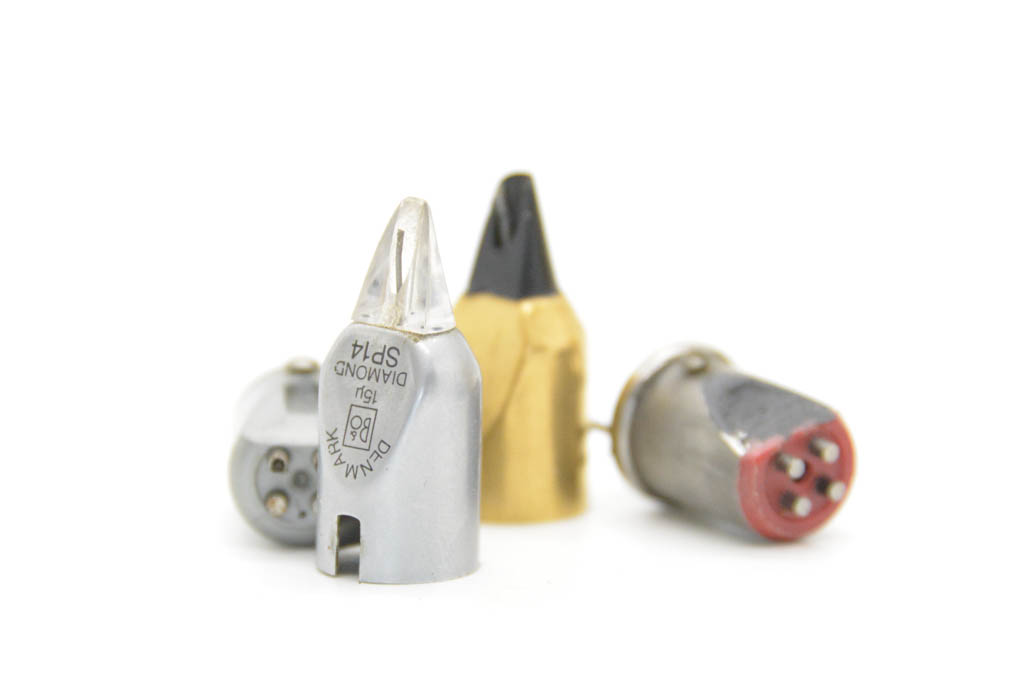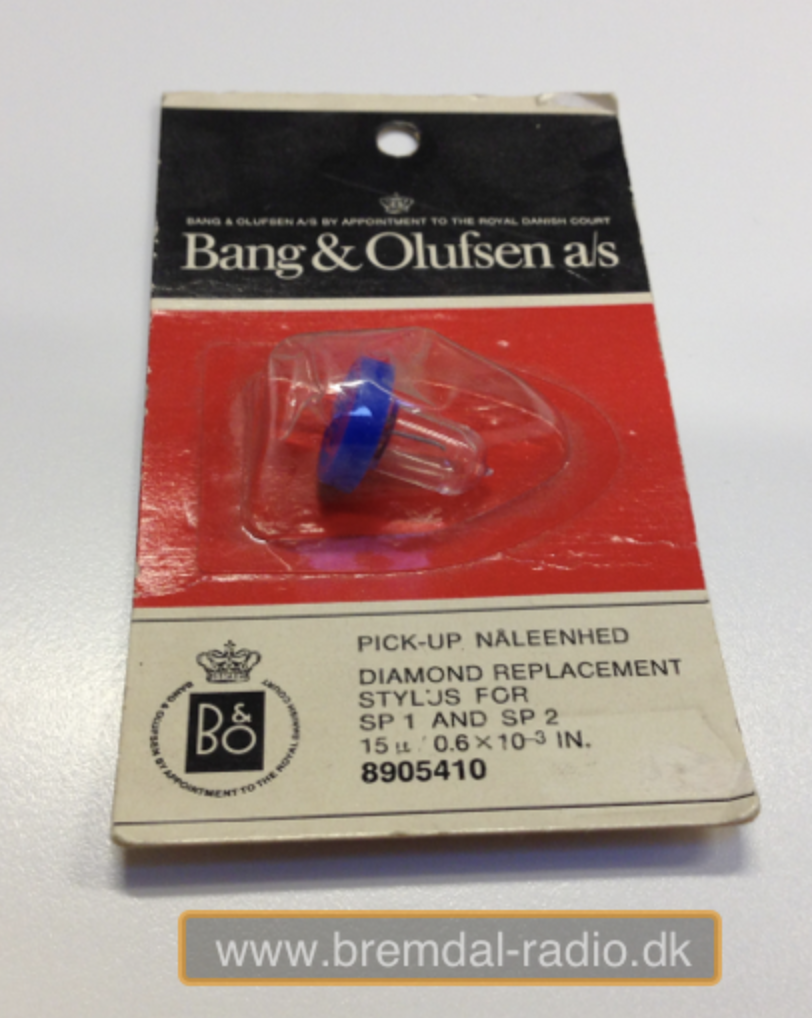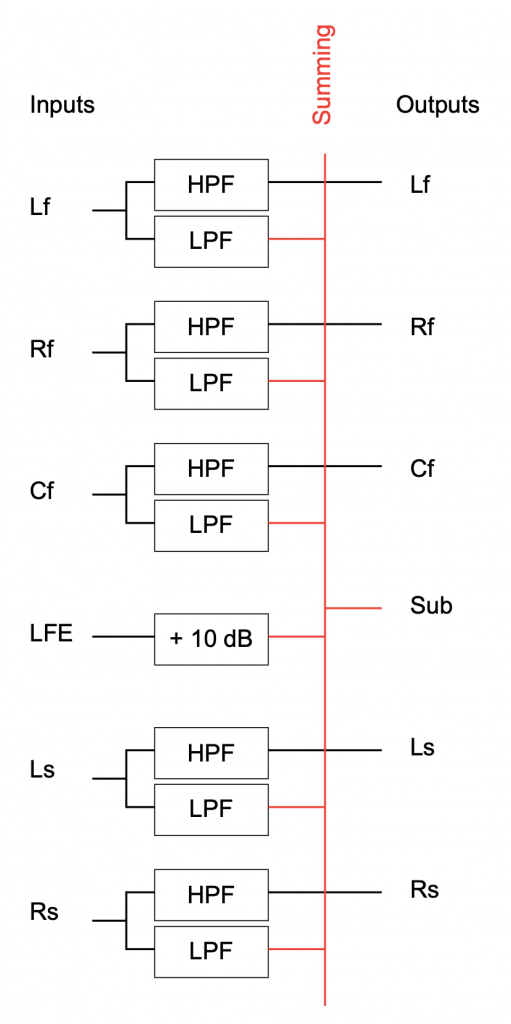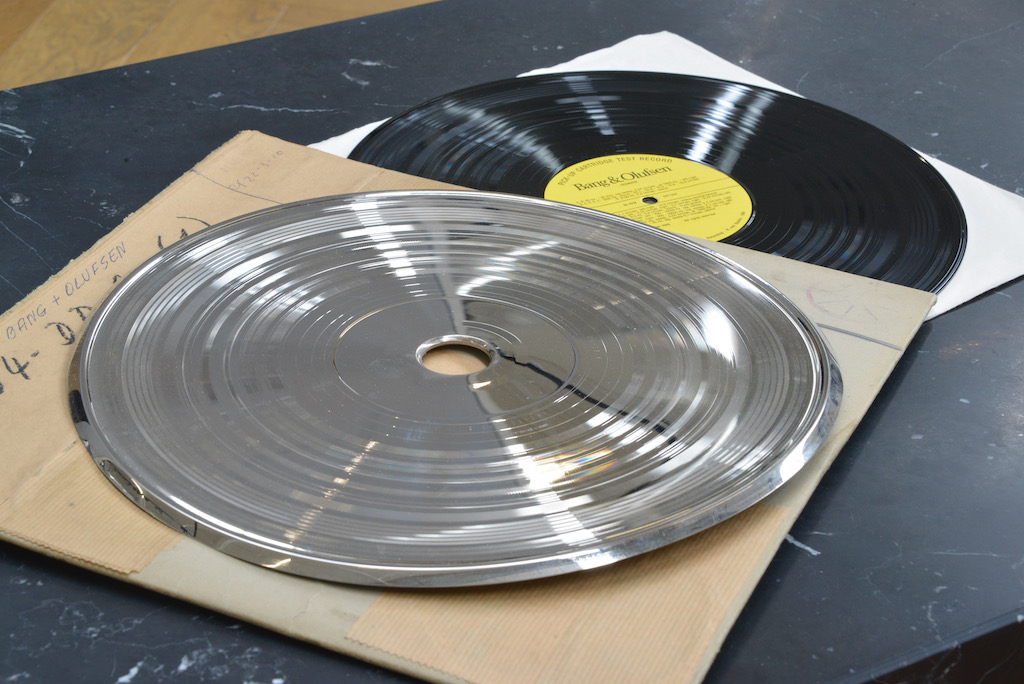#83 in a series of articles about the technology behind Bang & Olufsen loudspeakers
Imagine water coming out of a garden hose, filling up a watering can (it’s nice outside, so this is the first analogy that comes to mind…). The water is pushed out of the hose by the pressure of the water behind it. The higher the pressure, the more water will come out, and the faster the watering can will fill.
If you want to reduce the amount of water coming out of the hose, you can squeeze it, restricting the flow by making a resistance that reduces the water pressure. The higher the resistance of the restriction to the flow, the less water comes out, and the slower the watering can fills up.
Electricity works in a similar fashion. There is an electrical equivalent of the “pressure”, which is called Electromotive Force or EMV, measured in Volts (which is why most people call it “Voltage” instead of its real name). The “flow” – the quantity of electrons that are flowing through the wire – is the current, measured in Amperes or Amps. A thing that restricts the flow of the electrons is called a resistor, since it resists the current. A resistor can be a thing that does nothing except restrict the current for some reason. It could also be something useful. A toaster, for example, is just a resistor as far as the power company is concerned. So is a computer, your house, or an entire city.
So, if we measure the current coming through a wire, and we want to increase it, we can increase the voltage (the electrical pressure) or we can reduce the resistance. These three are locked together. For example, if you know the voltage and the resistance, you can calculate the current. Or, if you know the current and the resistance, you can calculate the voltage. This is done with a very simple equation known as Ohm’s law:
V = I*R
Where V is the Voltage in Volts, I is the current in Amperes, and R is the resistance in Ohms.
For example, if you have a toaster plugged into a wall socket that is delivering 230 V, and you measure 2 Amperes of current going through it, then :
R = V / I
R = 230 / 4
R = 57.5 Ohms
However, to be honest, I don’t really care what the resistance of my toaster is. What concerns me most is how much I have to pay the power company every time I make toast. How is this calculated? Well, the power company promises to always give me 230 V at my disposal in the wall socket. The amount of current that I use is up to me. If I plug in a big resistance (like an LED lamp) then I don’t use much current. If I plug in a small resistance (say, to charge up the battery in the electric car) then I use lots. What they’re NOT doing is charging me for the current – although it does enter into another equation. The power company is charging me for the amount of Power that I’m using – because they’re charging me for the amount of work that they have to do to generate it for me.
When I use a toaster, it’s converting electrical energy into heat. The amount of heat that it generates is dependent on the voltage (the electrical pressure) and the current going through it. This can be calculated using another simple equation knowns as “Watt’s Law”:
P = V * I
So, let’s say that I plug my toaster into a 230 V outlet, and, because it is a 115 Ohm resistor, 2 Amperes goes through it. In this case, then the amount of Power it’s consuming is
P = 230 * 4
P = 920 Watts
If I’m going to be a little specific, then I should say that the Power (in Watts) is a measure of how much energy I’m transferring per second – so there’s an aspect of time here that I’m ignoring, but this won’t be important until the end of this posting.
Also, if I’m going to bring this back to the power company’s bill that they send me at the end of the month, it will be not only based on how much power I used (in Watts), but how long I used it for (in hours). So, if I make toast for 1 minute, then I used 920 Watts for 1/60th of an hour, therefore I have to pay for
920 / 60 = 15.33 Watt hours
Normally, of course, I do more than make toast once a month. In fact, I use a LOT more, so it’s measured in thousands of Watt hours or “kilowatt hours”.
For example, if I pull into the driveway with an almost-flat battery in our car, and I plug it into the special outlet we have for charging it to charge, I know that it’s using about 26 Amperes and the outlet is fixed at 380 V. This means that I’m using 10,000 Watts, and it will therefore take about 6.4 hours to charge the car (because it has a 64,000 Wh or 64 kWh battery). This means, at the end of the month, I’ll have to pay for those 64 kWh that I used to charge up the car.
So what? (So watt?)
When you play music in a loudspeaker driver, the amplifier “sees” the driver as a resistor.* Let’s say, for the purposes of this discussion, that the driver has a resistance of 8 Ohms. (It doesn’t, but today, we’ll pretend.) To play the music, the amplifier sends a signal that, on an oscilloscope, looks like the signal that came out of a microphone once-upon-a-time (yes – I’m oversimplifying). That signal that you’re looking at is the VOLTAGE that the amplifier is creating to make the signal. Since the loudspeaker driver has some resistance, we can therefore calculate the current that it “asks” the amplifier to deliver. As the voltage goes up, the current goes up, because the resistance stays the same (yes – I’m oversimplifying).
Now, let’s think about this: The amplifier is generating a voltage, and therefore it has to deliver a current. If I multiply those two things together, I can get the power: P = V*I. Simple, right?
Well, yes…. but remember that thing I said above about how power, in Watts, has an element of time. One watt is a measure of energy that is transferred into a thing (in our case, a loudspeaker driver) in one second. And this is where things get complicated, and increasingly irrelevant.
The problem is that power, measured in watts, has an underlying assumption that the consumption is constant. Turn on an old-fashioned light bulb or start making toast, and the power that you consume over time will be the same. However, when you’re playing Stravinsky on a loudspeaker, the voltage and the current are going up and down all the time – if they weren’t, you’d be listening to a sine wave, which is boring.
So, although it’s easy to use Watts to specify a the amount of energy an amplifier can deliver or a loudspeaker driver’s capabilities, it’s not really terribly useful. Instead, it’s much more useful to know how many volts the amplifier can deliver, and how many amperes it can push out before it can’t deliver more (and therefore distorts). However, although you know the maximum voltage and the maximum current, this is not necessarily the maximum power, since it might only be able to deliver those maxima for a VERY short period of time.
For example, if you measure the peak voltage and the peak current that comes out of all of the amplifiers in a Beolab 90 for less than 5 thousandths of a second (5 milliseconds), the you’ll get to a crazy number like 18,000 Watts. However, after about 5 ms, that number drops very rapidly. It can deliver the peak, but it can’t deliver it continuously (if it could, you’d trip a circuit breaker). (Similarly, you can drive a nail into wood by hitting it with a hammer – but you can’t push it in like a thumbtack. The amount of force you can deliver in a short peak is much higher than the amount you can deliver continuously.)
This is why, when we are specifying a power amplifier that we’ll need for a new loudspeaker at the beginning of the development process, we specify it in Peak Voltage and Peak Current (also the continuous values as well, of course) – but not Watts. Yes, you can use one to calculate the other, but consider this:
Amplifier #1: 1000 W amplifier, capable of delivering 10 V and 100 Amps
Amplifier #2: 1000 W amplifier, capable of delivering 100 V and 10 Amps
These are two VERY different things – so just saying a “1000 W amplifier” is not nearly enough information to be useful to anyone for anything. However, since advertisers have a long history of talking about a power amplifier’s capabilities in terms of watts, the tradition continues, regardless of its irrelevance. On the other hand, if you’re buying a toaster, the power consumption is a great thing to know…
* I’m pretending for this posting that a loudspeaker driver acts as a resistor to keep things simple. It doesn’t – but I’m not going to talk about phase or impedance today.
P.S. Yes, I cut MANY corners and oversimplified a LOT of issues in this posting – I know. Don’t send me hate mail because I didn’t mention reactance or crest factor…

